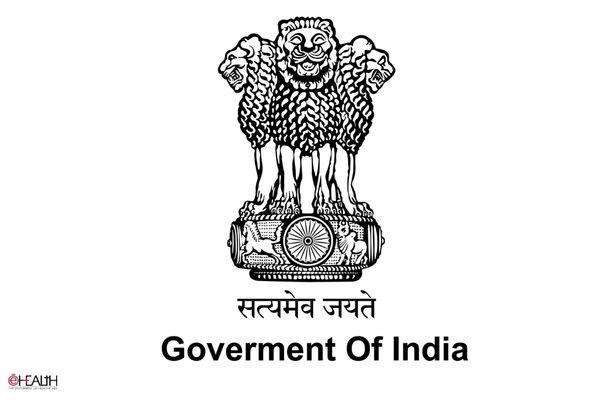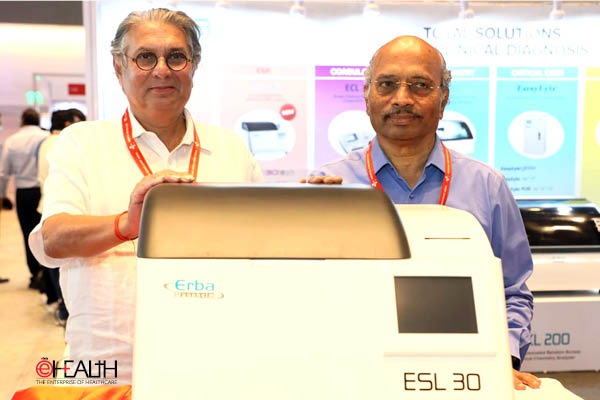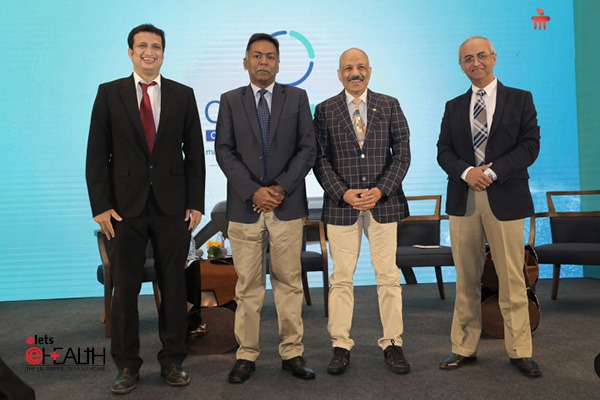
RSSDI and FIT India Announce Insulin Injection Day in Delhi

-Introduces injection recommendations for elderly living with diabetes-
92 years ago, in Toronto General Hospital on 11th January, 1922, a novel invention changed the lives of millions living with Diabetes & revolutionized its management, particularly Type I diabetes. Observing the insulin injection day in India, RSSDI Delhi and The Forum for Injection Technique (FIT) India today announced injection recommendations for elderly people living with diabetes in the city.
Prof. S.V.Madhu, Professor & Head, Dept. of Medicine & Endocrinology, UCMS-GTB Hospital & Secretary, Research Society for Study of Diabetes in India(RSSDI)said, Insulin remains a critical component of treatment of Diabetes, not only type I but also in many cases of Type II. At present injection remains the only practical means to deliver insulin. It is a welcome move that a day has been dedicated to deliberate on Insulin Injection by FIT. This should have a favorable impact on the acceptance of insulin injection among both physicians and patients.

Dr. Madhu added, More than 80 % of people have psychological resistance to even initiate an insulin therapy, despite it being indispensable for glycemic control to manage the disease. The recommendations by FIT India have been immensely helpful in optimizing insulin injection technique for both healthcare workers and patients and have improved the overall acceptance of insulin delivery and injections.
Counseling elderly or geriatric patients for self-injection can be a challenging task. Unlike their younger peers, they may have certain age related potential difficulty in uting the instructions for injections properly. The FIT recommendations suggest that physicians should not use age as an excuse to avoid usage of insulin which can delay the treatment and result in further complications. Along with insulin initiation for elderly patients, health-care providers must ensure the involvement of responsible family members/attendants during the selection of insulin and explanation of injection technique.
According to Dr. Rajeev Chawla, Joint Secretary, RSSDI & Sr. Consultant Diabetologist & Director, North Delhi Diabetes Centre, As per latest survey, more than 50% of diabetic patients in the city do not adhere to appropriate insulin treatment practices, and 48% do not know about right injection techniques. As insulin treatment is vital for blood glucose control, inappropriate injection skills compromise the dosage accuracy and its effectiveness. Moreover, it may also lead to pain with bleeding and a risk of contamination.
A scientific advisory board of well-known endocrinologists and diabetes experts compiled the FIT India recommendations based on clinical evidence, implications for patient therapy and the judgment of a group of experts in order to promote best practices in injection technique and bring uniformity in insulin injection technique diabetes patients and healthcare professionals.
Dr. B M Makkar, Dr B.M. Makkar, Senior Diabetologist and Obesity Specialist, Sri Balaji Action Medical Institute, FIT India is dedicated to raise awareness on correct injection practices for an effective and safe diabetes therapy management and compliance. In the past one year FIT has launched the first ever India-specific clinical recommendations for appropriate insulin injection techniques and reached out to more than 180+ hospitals and 15000+ HCPs and patients. With these recommendations we aim to bring uniformity in insulin injection technique throughout the country and help impart the right education to both healthcare providers and diabetes patients.
Several factors, including method of administration, dosing, compliance, selection of injection site, depth of the injection, time lapse before withdrawing the needle and misconceptions about insulin therapy, influence the success of insulin injection therapy.
In November 2012 Forum for Injection Techniques (FIT India) and BD India had come together to launch the first Indian clinical recommendations for best practices in insulin injection techniques in India.
Insulin injection recommendations
Needle length
* For children and adolescents, a 4, 5, or 6 mm needle should be used. A1 * Adults, including obese patients, can use 4, 5, and 6 mm needle length. A1
Site rotation
* An easy-to-follow rotation scheme should be taught to the patients from the onset of injection therapy. A2
Needle/syringehygiene
* Do not reuse needles. A2 * Use a new needle for each injection. A2
Lipohypertrophy
* Injection sites should be inspected at every visit. Patients should be taught to inspect their own sites and should also be given training on how to detect lipohypertrophy. A2 * The best current strategies to prevent and treat lipohypertrophy are to rotate the injection sites with each injection, using larger injecting zones and non-reuse of needles. A2
Injection sites
* Injection should be given at a clean site with clean hands. A2 * Prior to the injection, the site has to be palpated for lipohypertrophy and inspected for wounds, bruises, or blisters. If the injection site shows any signs of these, then a different site should be selected until the problem has been resolved. A3
Safety issues
* Safety needles should be recommended whenever there is a risk for a contaminated needle-stick injury. B1
Be a part of Elets Collaborative Initiatives. Join Us for Upcoming Events and explore business opportunities. Like us on Facebook , connect with us on LinkedIn and follow us on Twitter , Instagram.













